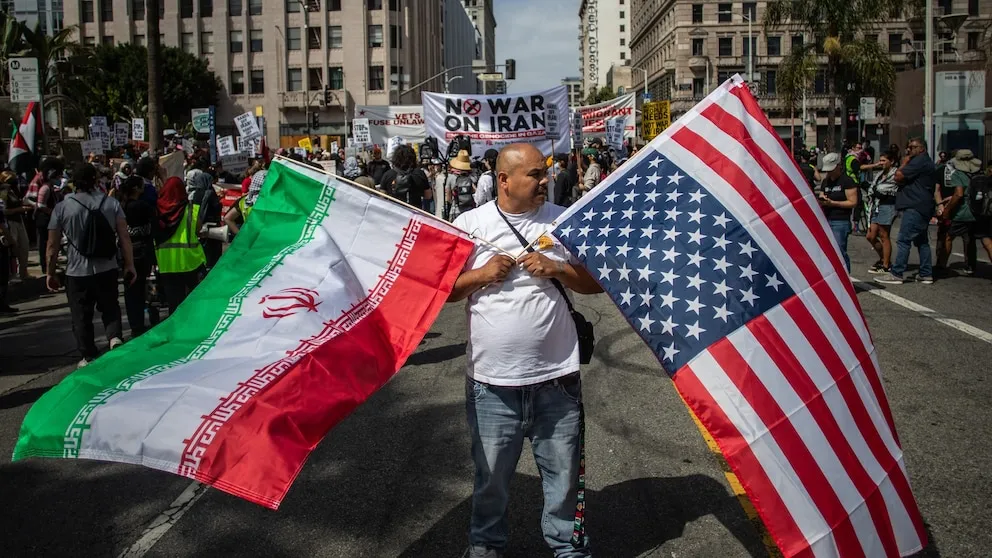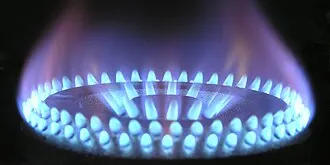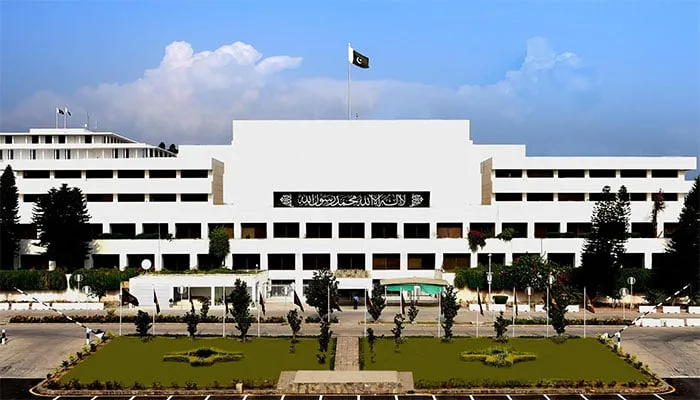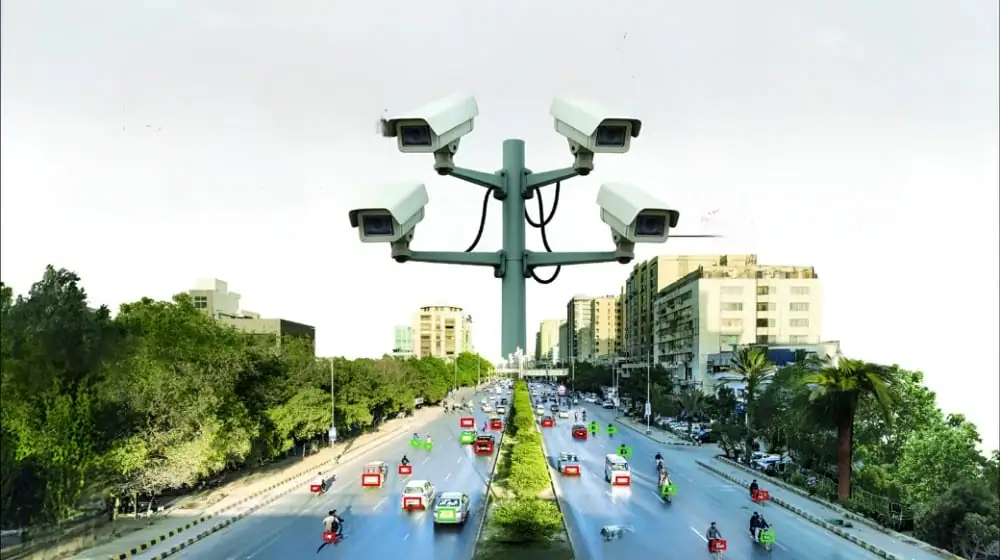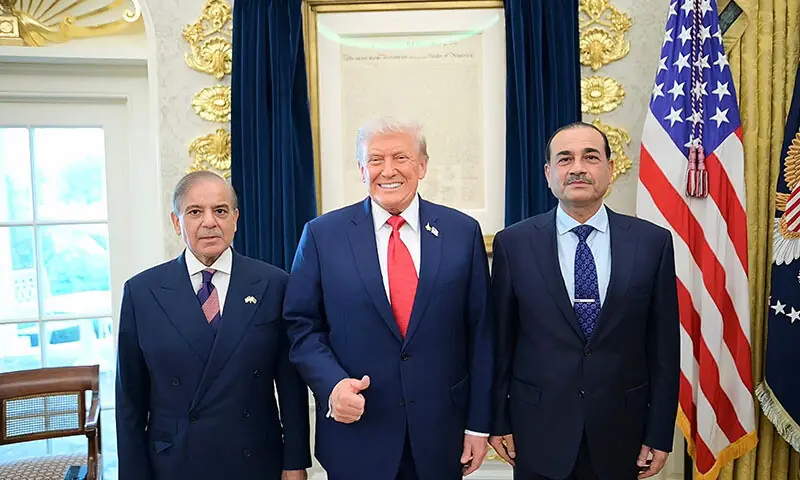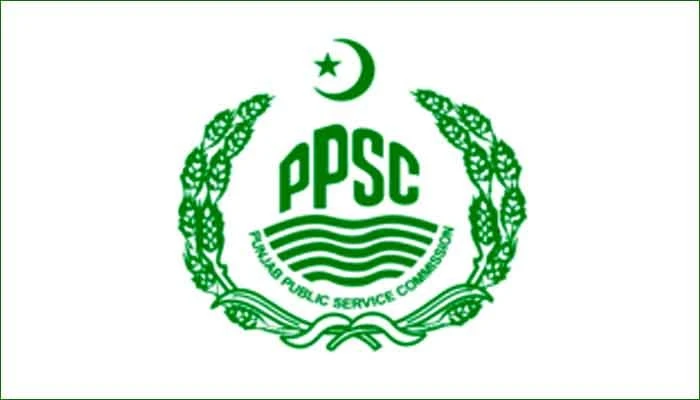The long-simmering tensions in the Middle East exploded into a full-blown crisis last night as the United States launched unprecedented airstrikes against key Iranian nuclear facilities. The direct us attack on iran, marking a dramatic and highly anticipated escalation, targeted sites at Fordow, Natanz, and Isfahan, sending shockwaves across the globe and signaling a new, perilous phase in the regional conflict.
The airstrikes were confirmed by the Pentagon in the early hours of the morning, with officials stating the operations were “precision strikes” aimed at “degrading Iran’s nuclear weapons capabilities and preventing further proliferation.” The direct involvement of US forces represents a significant departure from previous strategies, which often relied on proxy engagements, sanctions, or covert operations.
The Strikes: Targets and Tactics
Reports indicate that the strikes, executed with advanced air power, focused on three critical Iranian nuclear sites. The underground enrichment facility at Fordow, a site known for its resilience to attack, was reportedly hit, raising questions about the extent of the damage to its deeply buried centrifuges. Similarly, the primary enrichment facility at Natanz, a cornerstone of Iran’s nuclear program, faced a barrage of ordnance, with initial assessments suggesting substantial disruption to its operations. In Isfahan, where Iran has various nuclear-related facilities, including a nuclear technology center and uranium conversion facilities, targets were also struck, aiming to cripple components of the country’s nuclear infrastructure.
While the full extent of the damage is still being assessed, the sheer scale and synchronized nature of the attacks underscore a determined effort by the US to set back Iran’s nuclear ambitions. The Pentagon has yet to release detailed battle damage assessments, but intelligence sources suggest the strikes were designed to achieve maximum impact with minimal collateral damage, though verifying such claims in a conflict zone is inherently difficult.
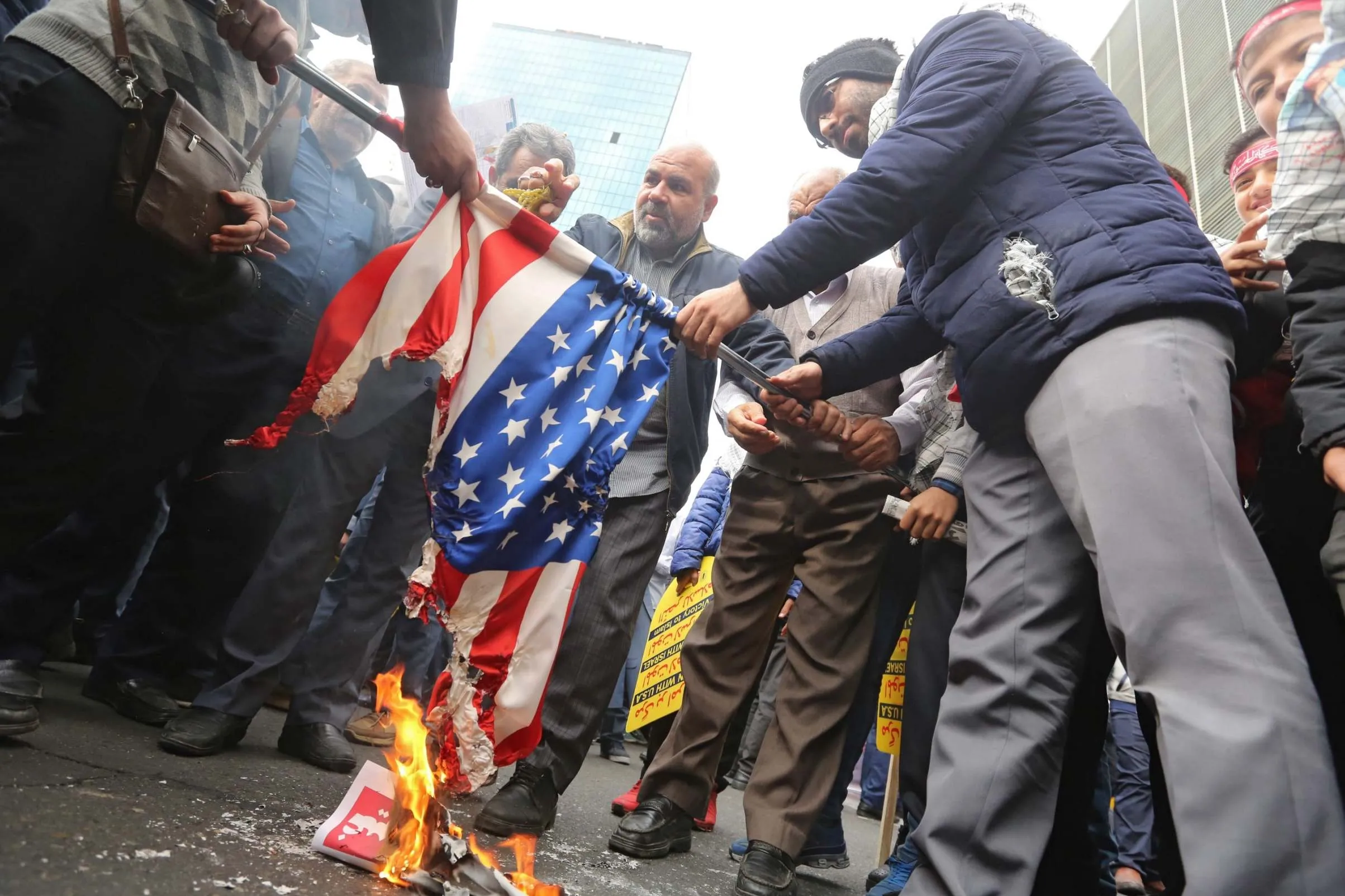
Trump’s Stance: Warnings and Rhetoric
Hours before the strikes, former (and now current) President Trump issued stark warnings to Tehran, declaring that any Iranian retaliation would be met with overwhelming force. In a characteristically defiant statement, he asserted that the US would “obliterate” any sites used by Iran to retaliate or further its nuclear program, signaling a zero-tolerance policy. His rhetoric has consistently emphasized a strong hand against what he perceives as Iranian aggression and its pursuit of nuclear weapons, framing this US attack on Iran as a necessary pre-emptive measure.
“We gave them every chance, every warning,” President Trump stated from a military base. “But they continued down a dangerous path. America will not stand by and watch. These actions were taken to protect our allies, our interests, and to prevent a nuclear Iran, plain and simple. Let this be a clear message: do not test American resolve.”
A Pivotal Escalation: Direct US Intervention
The direct US attack on Iran marks an unparalleled escalation in the complex dynamics of the Middle East conflict. For years, the US has navigated a delicate balance, supporting allies like Israel while generally avoiding direct military engagement with Iran. This shift signifies a new strategic posture, potentially aiming to decisively alter the regional power balance or force Iran to the negotiating table under new, harsher terms. Analysts suggest that this intervention may stem from a perceived acceleration of Iran’s nuclear program, coupled with mounting pressure from regional allies demanding decisive action.
This move raises profound questions about the future of US foreign policy in the region and the potential for a broader, more entrenched conflict. It shifts the primary confrontation from a proxy war to a direct military standoff between two major powers, altering the calculus for every nation in the Middle East and beyond.
Iran’s Fierce Response: Condemnation and Refusal
Tehran’s reaction was swift and unequivocally condemnatory. Iranian state television interrupted regular programming to broadcast urgent messages, with Supreme Leader Ayatollah Ali Khamenei’s office branding the US actions as “blatant aggression” and an “act of war.” Foreign Minister Hossein Amir-Abdollahian declared that Iran would not engage in any negotiations until “all acts of aggression cease and international law is respected.”
In a fiery press conference, a spokesperson for the Iranian Revolutionary Guard Corps (IRGC) vowed “a crushing and proportionate response” to the “criminal American act,” though specifics were not immediately provided. The immediate focus in Iran appears to be on assessing the damage, mobilizing national defense, and rallying international support against what they term an unprovoked assault on their sovereignty. Protests against the US strikes have already erupted in major Iranian cities.
Global Echoes: International Reactions
The US attack on Iran has elicited a flurry of international reactions, mostly expressing alarm and urging de-escalation. UN Secretary-General António Guterres issued a grave warning, stating, “This dangerous escalation risks plunging the entire region into an uncontrollable conflict with devastating consequences for millions. All parties must exercise maximum restraint.” He called for an immediate cessation of hostilities and a return to diplomatic channels.
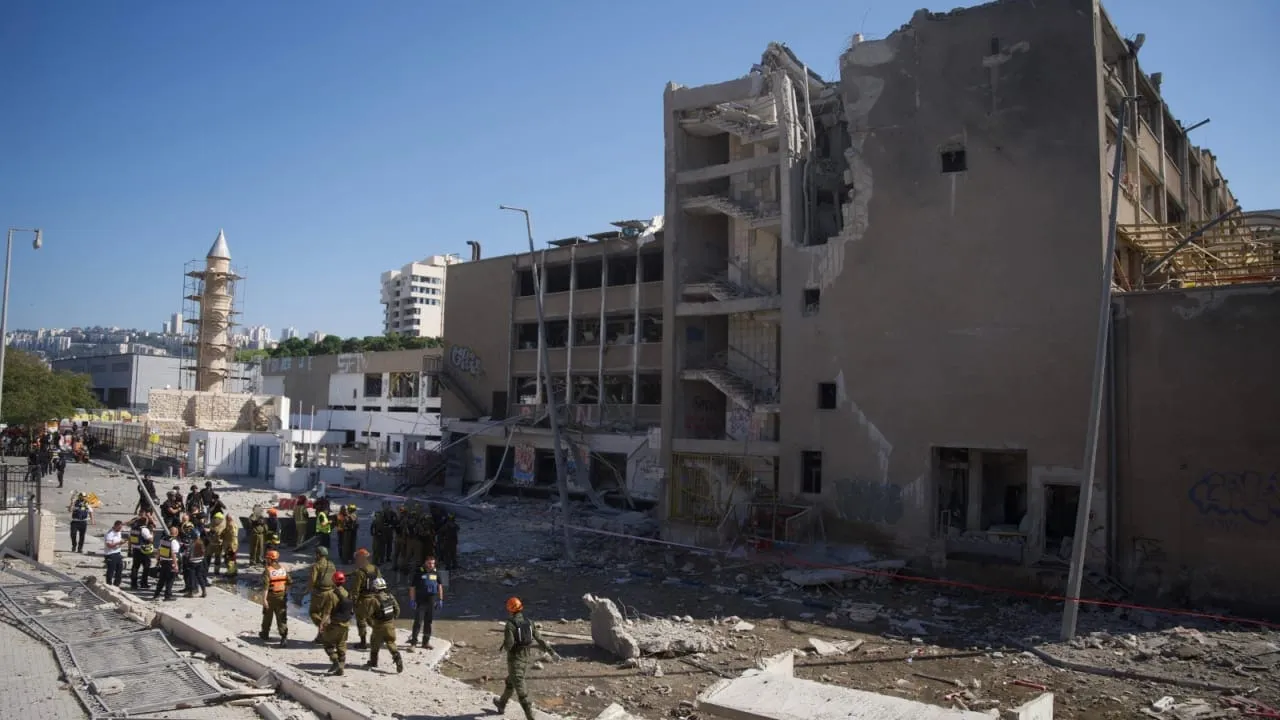
Meanwhile, Turkey’s President Recep Tayyip Erdogan offered a nuanced critique, suggesting that Israel’s persistent attacks on Iranian proxies and now its perceived influence on the US strikes aim to deliberately sabotage any attempts at nuclear talks. “This is not about preventing a nuclear program; it is about preventing peace and stability in the region,” Erdogan stated, calling for an emergency meeting of the Organization of Islamic Cooperation. Other nations, including Russia and China, have called for calm and dialogue, expressing deep concern over the stability of the Middle East. European Union leaders are reportedly holding emergency meetings to formulate a unified response, fearing a ripple effect across global energy markets and migrant crises.
The Fallout: Immediate and Long-Term Consequences
The immediate consequences of this us attack on iran are already being felt. Global oil markets reacted instantaneously, with crude oil prices surging by over 10% in overnight trading, driven by fears of supply disruptions from the Persian Gulf, a vital shipping lane for a significant portion of the world’s oil. Shipping companies are on high alert, with some rerouting vessels away from the Strait of Hormuz, anticipating potential retaliatory actions against commercial traffic.
Looking ahead, the long-term consequences are even more dire. The direct military confrontation could unravel decades of regional security frameworks. There is a heightened risk of widespread retaliatory strikes by Iran and its proxies against US interests, personnel, and allies in the region, potentially drawing more actors into the conflict. The humanitarian cost of such a conflict could be catastrophic, displacing millions and exacerbating existing crises. Furthermore, the future of international nuclear non-proliferation efforts is now deeply uncertain, as the efficacy of diplomatic solutions is severely tested by military action. The world watches with bated breath as the Middle East stands on the precipice of an unknown and potentially devastating future.



